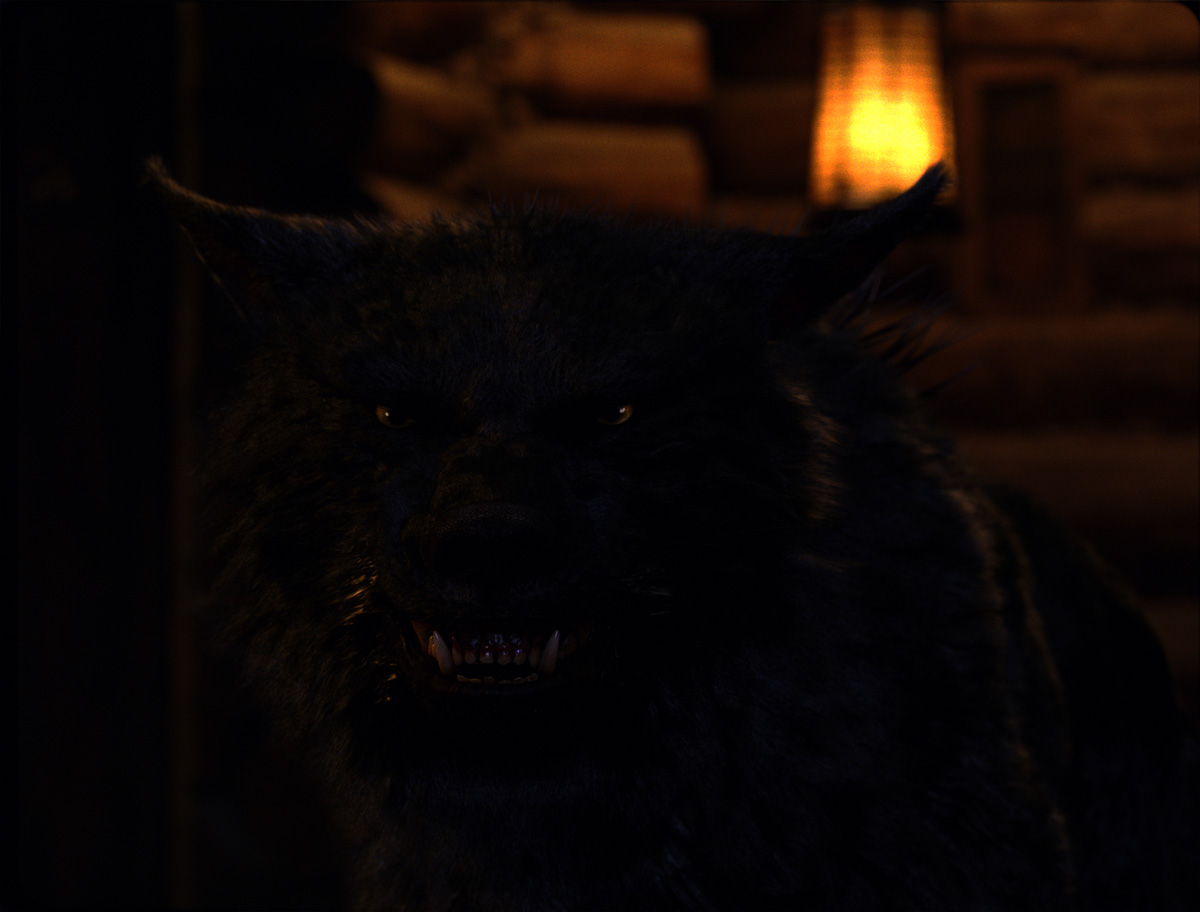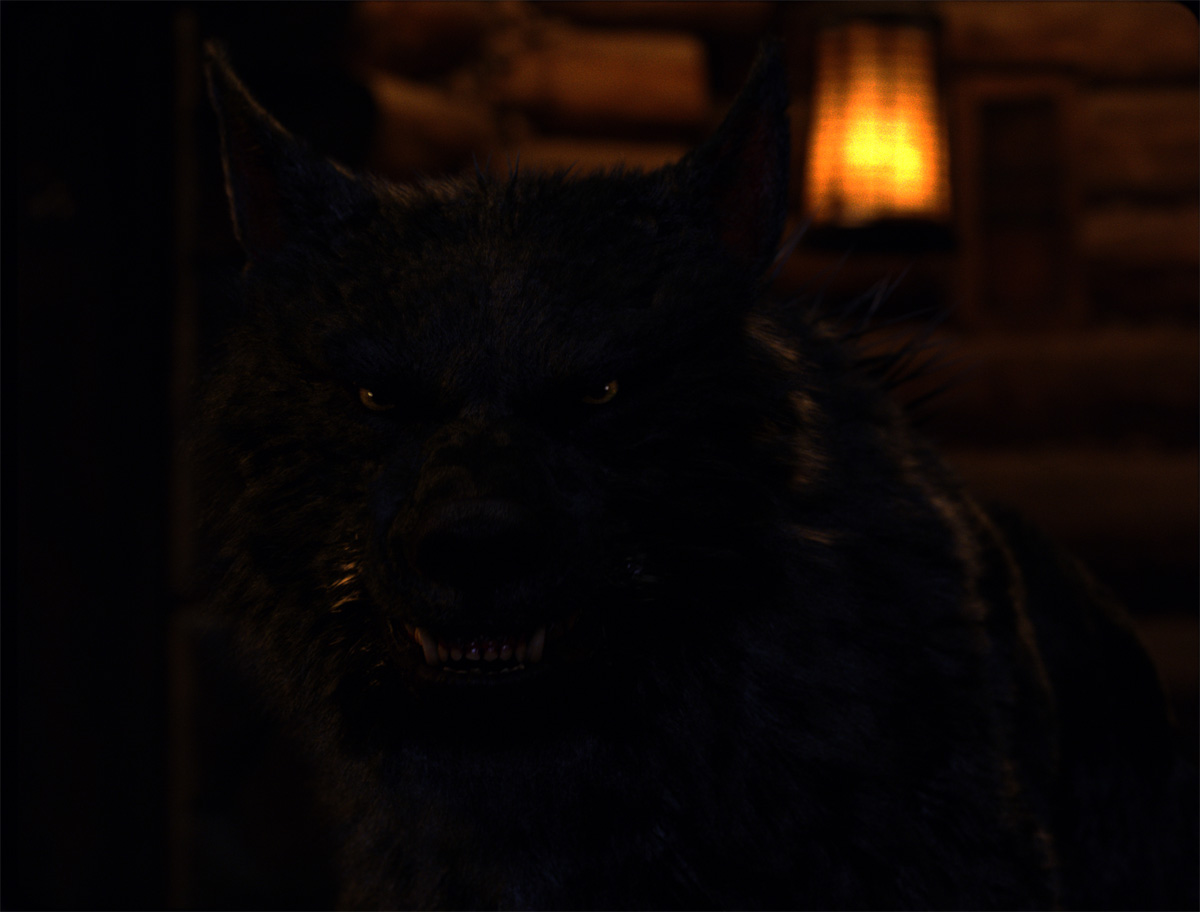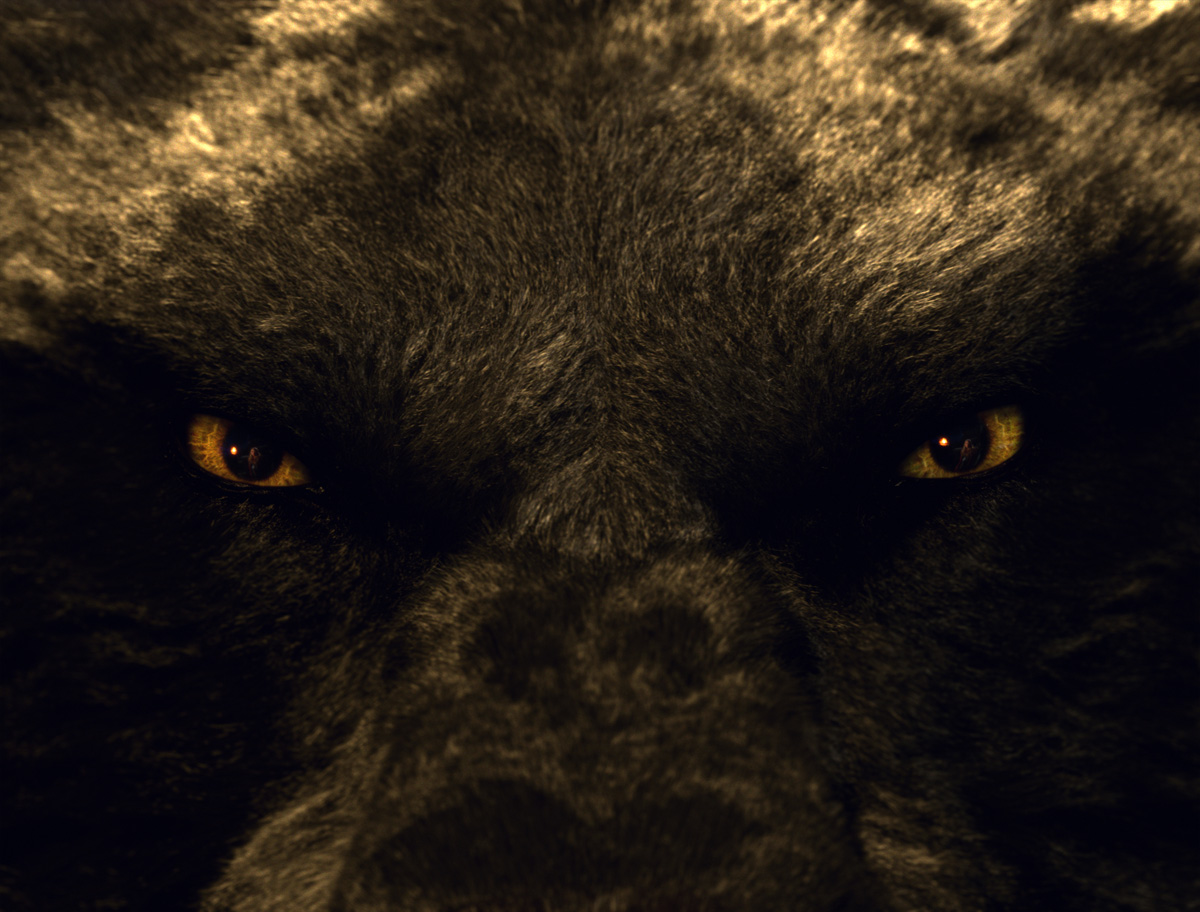Derek Spears begins his career in 1994, the movie LITTLE NICKY marks his debut as VFX Supervisor at Rhythm & Hues, since then he has oversees the effects of films such as THE SUM OF ALL FEARS, DAREDEVIL, SUPERMAN RETURNS, or THE MUMMY 3.
What is your background?
I have a degree in Electrical Engineering and spent some time in software at SGI. I ended up in Visual Effects after working on the Cineon compositing system. Visual Effects was a huge draw for me because it combined technology and art. The ability to create any kind of image is and has always been fascinating.
What are the sequences made by Rhythm & Hues on this film?
We did the wolf. On a short schedule it’s nice to have focus and concentrate on doing one thing the best you can.
Can you explain in details the creation of the werewolf?
Catherine and Jeff Okun came to us with some previous concept work and a lot of reference that Catherine had collected. They wanted a wolf grounded in reality, but will a little something extra to take it outside the norm. We started doing a series of concept art pieces with our Art Director Chris Grun, paying attention to the characteristics Catherine and Jeff were after. That was balanced with what would make the creature animable in a physically believable way. For instance, we paid careful attention to the ratios of his front and rear leg lengths to make sure he could run as a quadraped realistically. After we got a base design, we iterated with Catherine and Jeff’s input to find the extra details to push the wolf into the world they wanted, like more sinister eyes and head shape, and spiky, quill-like fur on the back.
What references have you received?
Catherine provided us with both still photos and film of real wolves that she thought worked for what she was after.
How did you design the animation of the werewolf?
Craig Talmy, our animation supervisor, designed the animation. After the sequence was shot, Craig would rough block the sequence to show Catherine and Jeff what we were proposing. Once he got the beats right, the animation would get flushed out to refine the character of it and we go back to them with it. About the same time, we were starting to render the shots, and we could start to show it in a more realistic context after Catherine and Jeff had bought off on rough animation. There were a few spots where the action of the wolf was flexible, Craig proposed a few ideas that weren’t the original concept, but they were so dynamic Catherine really liked them. Both Catherine and Jeff were really open to new ideas, it made a lot more interesting to create the sequences.
Does the generous fur of the werewolf caused you some troubles?
Fur is always a trade off of how much can you render vs how much you need to make it work. To help sell the scale, we would turn the diameter of the fur down. In doing that, we would have to significantly up the fur density to fill the gaps. We kept doing this until it looked right and it was still renderable in closeups.
How did you create the fur?
We have a set of proprietary fur grooming tools based around setting guide hairs. It is an iterative process of setting guide hairs and checking renders in key poses in the environment. Our pre-light lead, Mike Sandrik, would then produce a turntable and some of those key poses in a render each night we would evaluate in dailies each morning and drive the grooming towards the artwork.
How have you prepared and managed the integration of the werewolf?
Integration was manged by our sequence lead Pauline Duvall. We had good data from the set Jeff’s team collected for us. We used the Lidar to track, and the HDRI was crucial in lighting. A lot of work goes into matching lighting, getting shadow, colors and black levels matched, and small integration details like kicked snow when the wolf moves. Some of that was comp elements and some were created FX elements.
What are your softwares and pipeline at Rhythm & Hues?
Most of our tools are proprietary, but we use Houdini for Effects. Snow interaction, footprints and water splashes in the Dye Pool were done in Houdini. Animation was done in our package called Voodoo, rendering in our rendere Wren and compisiting in our compositor Icy.
A big thanks for your time.
// WANT TO KNOW MORE ?
– Rhythm & Hues: Official website of Rhythm & Hues.
– fxguide: Article about RED RIDING HOOD on fxguide.
© Vincent Frei – The Art of VFX – 2011









